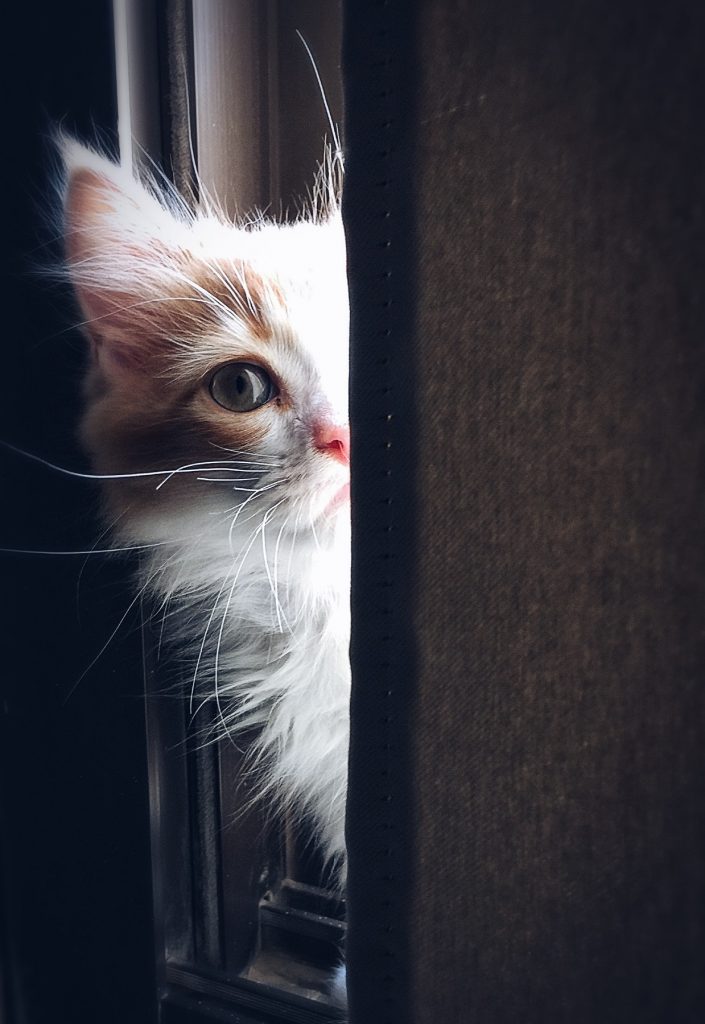Top image: Sayang Our Singapore’s Community Cats / Facebook
A teenager was, literally and figuratively, caught on video with his pants down along the corridor of a public flat in Bukit Panjang on April 8th this year.
The teenager was caught humping a cat which belonged to resident Ismul Azim. The cat’s owner then shared his CCTV footage on Instagram.
Of course, cases of animal cruelty should never be left under the radar. Publicly shaming the teenager might feel like reclaiming some form of dignity and justice for the cat, but two wrongs certainly don’t make a right. Should the boy be publicly shamed online for the act, no matter its obscenity?
Netizens would say yes. The reactions ranged from blatantly insensitive to fiercely indignant. Some played on low-hanging fruit (“pussy”), while others formed a virtual mob calling for the teenager’s head.
Public shaming is not new, and Singaporeans are not above it. But the act takes on an added layer of sensitivity in a country as small as Singapore. Citizens are only merely a few degrees of separation away from being identified—putting the teenager (who clearly needs psychological help) to shame misses the point of rehabilitation entirely.
It might feel good for now, but if we truly wanted to rehabilitate the teenager, our first response should be to avoid the same follies the teenager in the video had fallen to: Treating sentient beings, human or otherwise, with dignity and respect.

The Cycle of Shaming
While we should rightfully condemn cases of animal cruelty (cute animals or otherwise), public shaming takes it a step too far. We might unknowingly contribute to a cycle where the perpetrator continues the same pattern of behaviour.
In a commentary for CNA, psychiatrist Dr Lim Boon Leng explained several triggers and motivations behind why children abuse animals. One of the reasons, Dr Lim remarked, was that younger children were more likely to “externalise their negative emotions”. Unfortunately, animals and pets are accessible targets to express these emotions.
Of course, there are several other possible reasons why children exhibit animal cruelty—peer pressure, boredom, and sexual gratification, to name a few. In some cases, animal cruelty is about regaining a sense of control. The perpetrator may have been abused before, and acting out against an animal regains that sense of control.
The reasons why children can be cruel towards vulnerable animals are varied and complex. There’s a need to be extra sensitive. In this case, the child should not be held to the same standard as an adult.
Unfortunately, the same cannot be said of the de facto response to these animal cruelty cases.
Public shaming can lead to anxiety, depression, and cyberbullying. And whatever goes up on the internet stays on the internet. It goes without saying that the perpetrator could fall back to a familiar pattern of behaviour simply because they don’t have the right tools to cope with an overwhelming wave of new negative emotions.
Rehabilitation is the operative word here. Digital pitchforks and torches might instantly provide immediate gratification and justice, but they might end up fuelling the same behaviours we’re admonishing.

The Ethics of Sharing Animal Abuse Videos
There are several important takeaways from this whole fucked up situation.
The first is to keep your cats indoors, away from lurking sickos. A perfect world would be devoid of animal abusers, but the reality is that even as this one perpetrator is caught, more hide in the shadows.
The second is to teach kids the “importance of treating all animals as sentient beings“, as per the Society for the Prevention of Cruelty to Animals Singapore (SPCA).
But did we need to see a horrifying clip of a teenager thrusting his groin at a housecat for us to come to the conclusions above?

Don’t get us wrong. It is heartening to see the overwhelming condemnation of animal cruelty in the wake of the video. But another conversation needs to be had on whether publishing and spreading the video is even ethical in the first place.
The owner’s decision to share the video on his personal Instagram story is an understandable one. We can’t discount his emotional duress—he claims that “nothing could be done” despite a police report. When it comes down to it, any pet owner would be desperate to bring their furkid’s abuser to justice.
Justice has indeed arrived swiftly. The boy has since been arrested.
But the Instagram pages and media outlets reposting and boosting the clip for their audiences to lap up are a little more questionable, in our opinion.
Some, such as Sgfollowsall, posted the full uncensored video. Others, such as Mothership shared screenshots with some cursory pixelation over the boy’s groin area, his face, meanwhile, remains as clear as day.
If the point is to appeal for information to raise awareness among pet owners, a censored or cropped screenshot or clip would surely have sufficed. Like what TODAY did.
Take the SPCA’s past appeals for information on animal cruelty cases, for example. The animal welfare group stayed clear of sensationalising the incidents or posting footage of the abuse. It also explicitly called on followers to avoid circulating such clips, warning that the videos could find their way into the wrong hands such as animal torture film syndicates or sexual fetish sites.
There is little practical value in publishing the full uncensored clip—besides shock value, that is.
But what’s for certain is that this clip—and the minor in it—will live on the internet forever.






